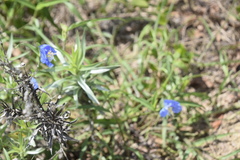
BioGator
University of Florida
|
|
|
|
Family: Commelinaceae
White-Mouth Dayflower, more...
|
|
|
|
|
This project made possible through support from the UF Planning, Design & Construction and the UF Office of Sustainability
Powered by Symbiota.







































































































